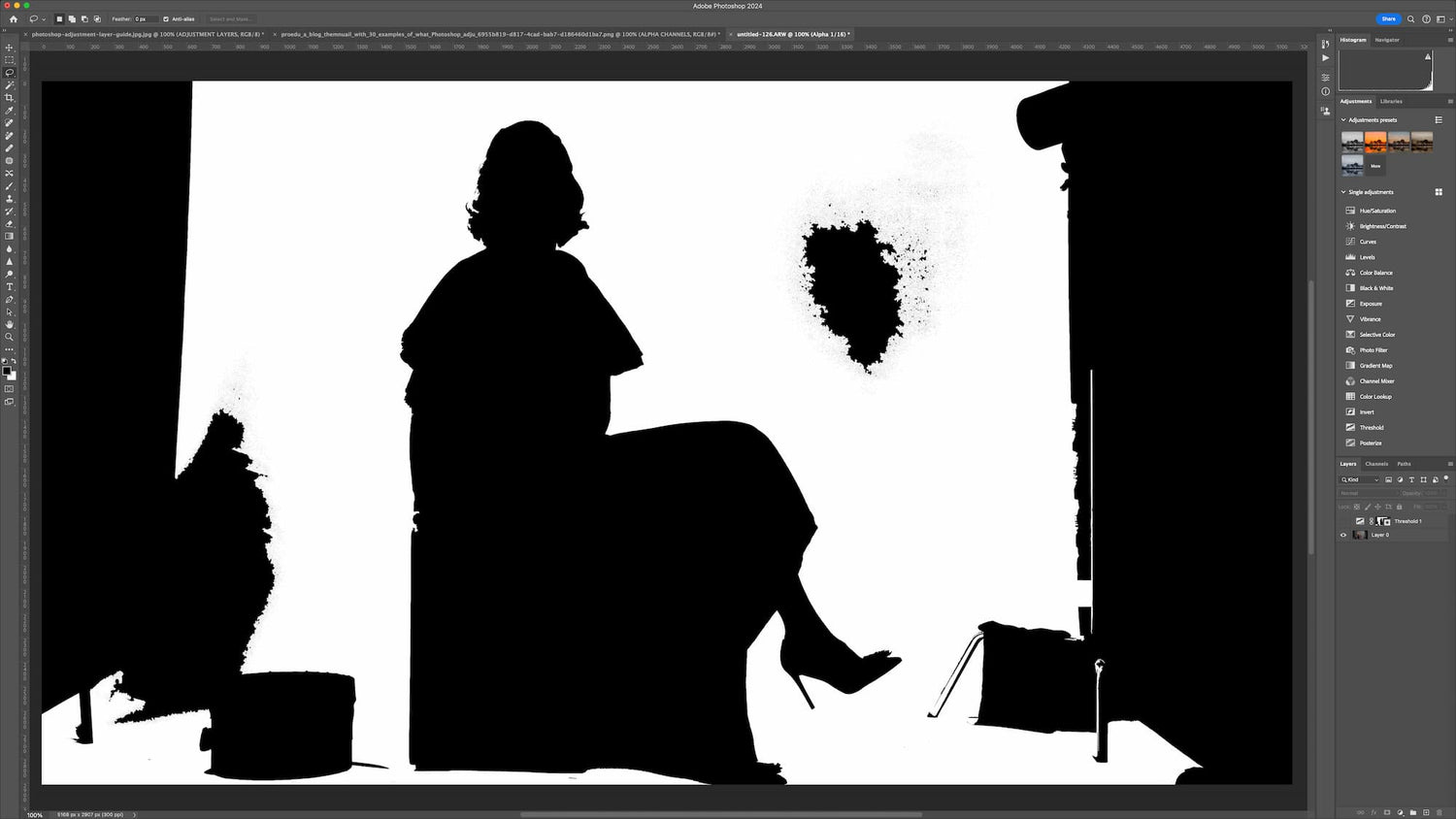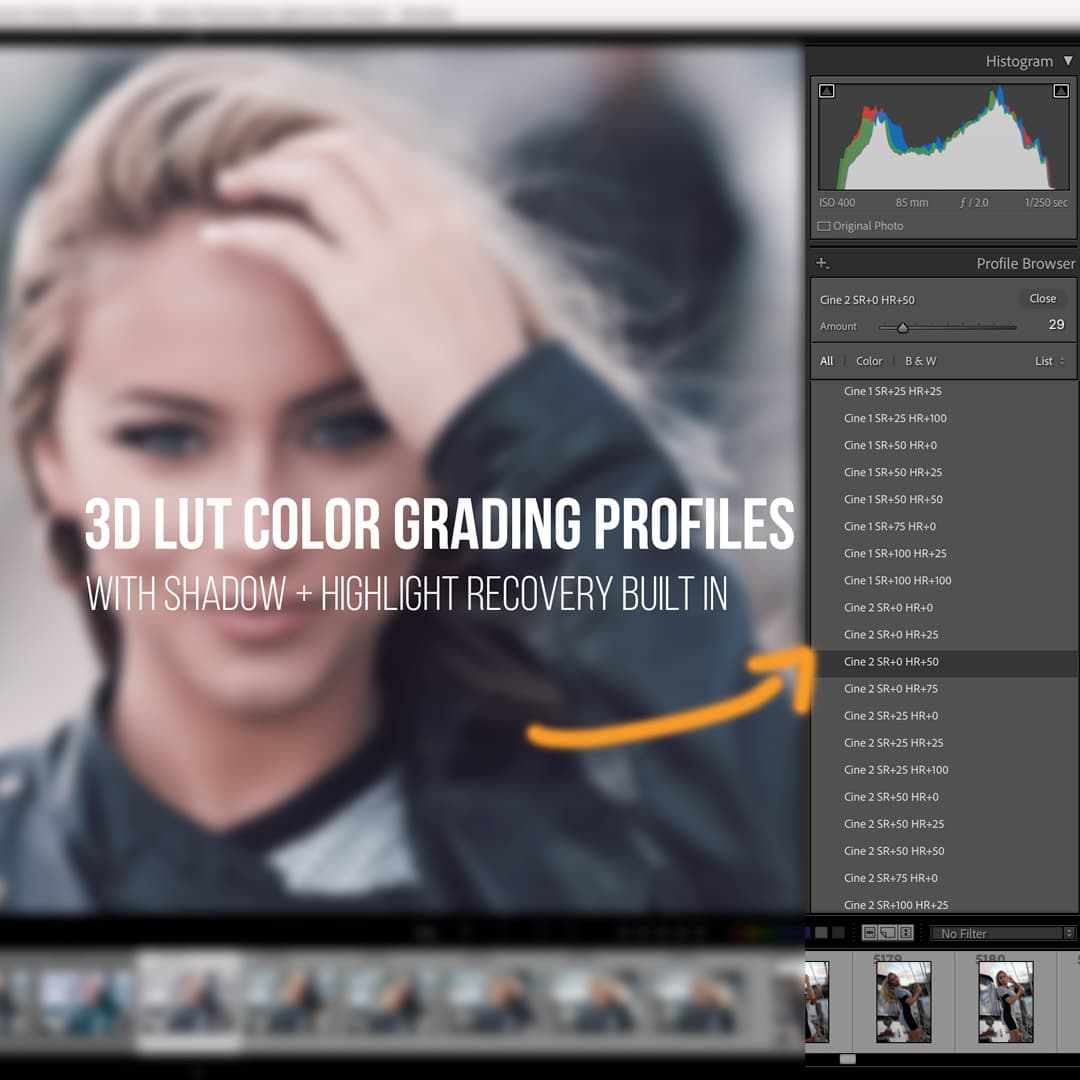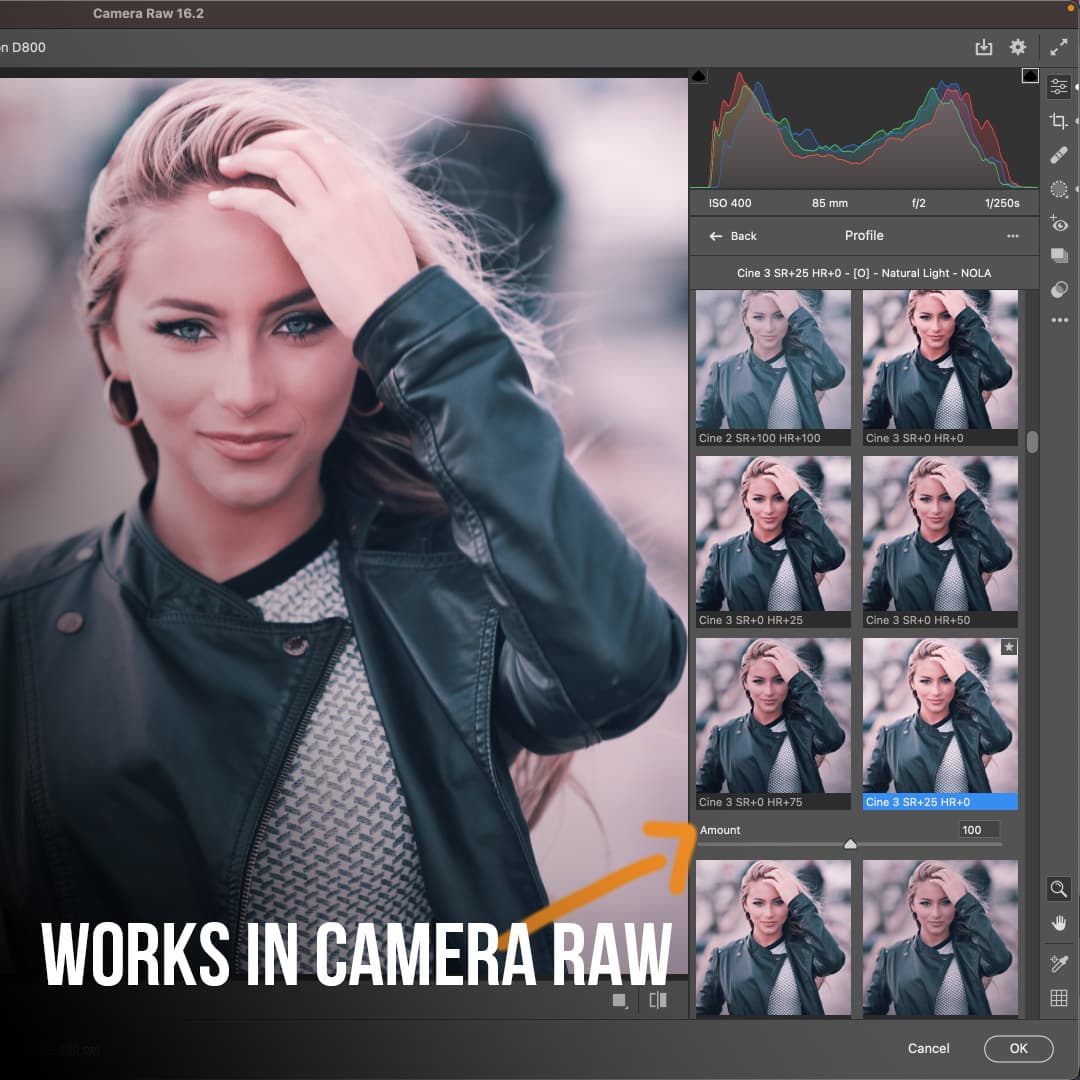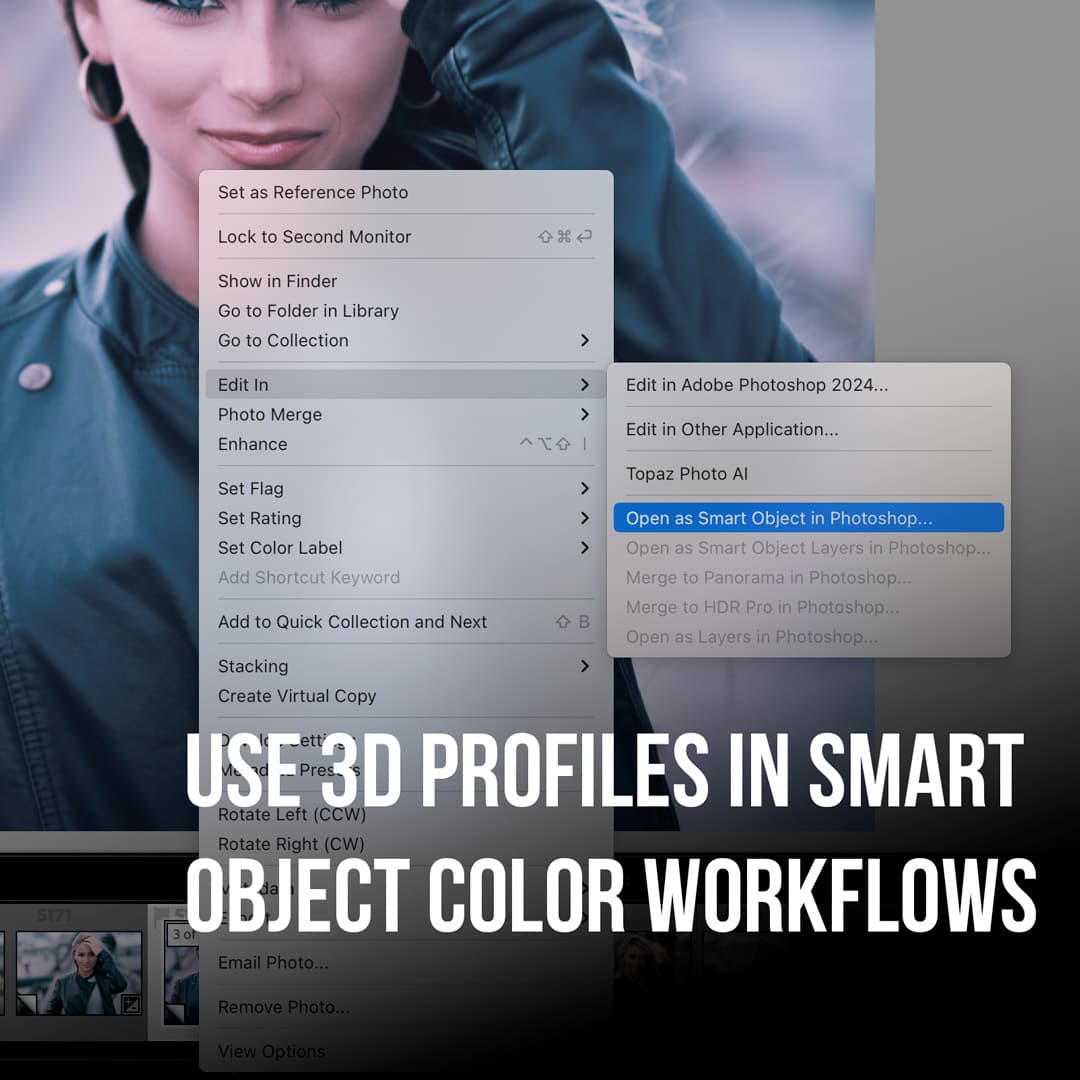Removing background colors in Photoshop is a fundamental skill for digital artists and photographers. Whether you're creating product images, designing graphics, or editing photos, mastering this technique can elevate your work to new heights.
We'll guide you through the process of removing background colors in Adobe Photoshop. Our tutorial will cover various tools and approaches, ensuring you have the knowledge to tackle any project that comes your way.
With practice, you'll be able to remove backgrounds quickly and efficiently, saving time and improving your workflow.
Key Takeaways
- Photoshop offers multiple tools for removing backgrounds, from quick one-click solutions to precise manual selections
- Mastering layer management and refinement techniques ensures clean, professional results
- Regular practice with various image types improves speed and accuracy in background removal
Getting Started with Photoshop
Photoshop's powerful tools and features can be overwhelming at first. We'll guide you through the initial steps to help you navigate the interface and quickly access essential functions for background removal.
Understanding the Workspace
The Photoshop workspace is highly customizable. We recommend familiarizing yourself with the default layout first.
The toolbar on the left contains selection and editing tools. The right side houses panels for layers, color, and properties.
The menu bar at the top provides access to all Photoshop features. We find the most commonly used menus are File, Edit, and Select.
The Options bar beneath the menu changes based on your selected tool, offering context-specific settings.
Layers are crucial for non-destructive editing. We always work with multiple layers to preserve original images. The Layers panel allows easy management of these components.
Accessing Quick Actions
Quick Actions in Photoshop streamline common tasks, including background removal.
We can access these through the Discover panel or Properties panel.
To open the Discover panel, click the search icon in the upper right corner of the Photoshop window. Type "remove background" in the search bar. Photoshop will display relevant Quick Actions and tutorials.
The Properties panel often shows Quick Actions related to your current task. When working with a layer containing an image, look for the "Remove Background" button in this panel.
Quick Actions are part of Adobe's effort to simplify complex tasks in Photoshop. We find them particularly useful for beginners and those seeking efficiency in their workflow.
Basic Selection Tools
Photoshop offers several powerful tools for selecting and isolating objects from backgrounds. These tools allow us to make precise selections with varying levels of automation and control.
Magic Wand for Simple Backgrounds
The Magic Wand tool excels at selecting areas of similar color. We click on a part of the image, and it selects adjacent pixels of the same or similar color.
To use the Magic Wand, we select it from the toolbar and adjust the Tolerance setting. A higher tolerance selects a broader range of colors.
We can also check "Contiguous" to select only connected areas.
For best results, we use the Magic Wand on images with simple, solid-color backgrounds. It's less effective for complex or detailed backgrounds.
Quick Selection for Detailed Work
The Quick Selection tool is more advanced and ideal for detailed selections. We paint over the area we want to select, and Photoshop automatically detects edges.
To refine our selection, we can add to it by painting more areas or subtract by holding Alt (Option on Mac) while painting. The tool's brush size can be adjusted using the bracket keys [ ].
This tool works well for images with complex backgrounds. It's particularly useful when dealing with subjects that have intricate edges or varying colors.
Using the Object Selection Tool
The Object Selection tool uses AI to identify and select entire objects. We draw a rough rectangle or lasso around the object, and Photoshop intelligently selects its boundaries.
This tool is excellent for quickly selecting well-defined objects. It's particularly useful for subjects with clear outlines against contrasting backgrounds.
We can refine the selection using the Select and Mask workspace. Here, we can use tools like Refine Edge Brush to perfect complex edges such as hair or fur.
The Object Selection tool often provides the fastest and most accurate results for many types of images, especially those with distinct subjects.
Advanced Selection Techniques
Mastering advanced selection methods enhances precision when removing backgrounds in Photoshop. These techniques allow for intricate selections and refined edges, especially useful for complex subjects.
Pen Tool Precision
The Pen Tool offers unparalleled accuracy for creating selections around intricate shapes. We start by clicking to create anchor points along the edge of our subject. For curved edges, we click and drag to adjust the direction handles.
To complete the selection, we connect the last point to the first. Once our path is closed, we right-click and choose "Make Selection". This converts our path into an active selection.
For hair or fur, we can combine the Pen Tool with other techniques. We create a rough selection with the Pen Tool, then refine it using the Select and Mask workspace.
Refine Edge with Select and Mask
Select and Mask is powerful for fine-tuning selections, especially for subjects with complex edges. We access it by clicking "Select and Mask" in the Properties panel after making an initial selection.
Within this workspace, we use the Refine Edge Brush to paint along problematic areas like hair or fur. This tool analyzes the edge and improves the selection automatically.
We can also adjust global refinements:
- Smooth: Reduces jagged edges
- Feather: Softens the selection edge
- Contrast: Sharpens edge transitions
The Output settings allow us to choose how our refined selection is applied. We often use "New Layer with Layer Mask" for non-destructive editing.
Working with Layers
Layers are essential for removing backgrounds in Photoshop. They allow us to separate and manipulate different elements of an image independently.
Creating and Managing Layers
To start working with layers, we need to open the Layers panel in Photoshop. We can do this by going to Window > Layers or using the keyboard shortcut F7.
The Background layer is typically locked by default. To unlock it, we double-click the layer and rename it.
To create a new layer, we click the "Create a new layer" button at the bottom of the Layers panel. This adds a transparent layer above our current layer.
We can rearrange layers by dragging them up or down in the panel. This changes their stacking order in the image.
To hide or show a layer, we click the eye icon next to it. This is useful for comparing different versions of our background removal.
Understanding Layer Masks
Layer masks are powerful tools for removing backgrounds non-destructively. They allow us to hide parts of a layer without permanently erasing them.
To add a layer mask, we select the layer and click the "Add layer mask" button at the bottom of the Layers panel.
White areas on the mask reveal the layer's content, while black areas hide it. We can paint on the mask with black or white brushes to refine our background removal.
Gradients can be applied to layer masks for smooth transitions between visible and hidden areas. This is particularly useful for blending complex edges.
We can disable a layer mask by Shift-clicking its thumbnail. This allows us to see the full layer content without removing the mask.
Removing Backgrounds with Tools
Photoshop offers powerful tools for removing backgrounds efficiently. These tools allow precise control and can handle various image complexities.
Using the Background Eraser
The Background Eraser Tool in Photoshop is excellent for removing backgrounds with precision. We can find it in the Eraser submenu of the Toolbox.
To use it effectively, we adjust the brush size to match the area we're working on. A smaller brush works well for detailed edges, while a larger one is suitable for broader areas.
We set the Sampling options to control how the tool detects background colors. "Continuous" works well for gradients, while "Once" is better for solid backgrounds.
The Limits setting helps us define how the tool behaves. "Find Edges" is useful for complex backgrounds, while "Contiguous" works well for simpler ones.
As we erase, we keep an eye on the preview in the Photoshop workspace. This helps us ensure we're maintaining the desired edges and details.
Exploring the Magic Eraser
The Magic Eraser Tool offers a quick way to remove large areas of similar color. It's particularly useful for images with solid or relatively uniform backgrounds.
To use it, we simply click on the background area we want to remove. The tool automatically selects and deletes similar colored pixels.
We can adjust the Tolerance setting to control how much variation in color the tool will select. A lower tolerance is more precise, while a higher one selects a broader range.
The Contiguous option lets us choose whether to erase only adjacent areas or all similar colors in the image. This is helpful for images with scattered background elements.
For more complex backgrounds, we might need to click multiple times in different areas. The Magic Eraser can save time compared to manual selection methods.
Both tools create a transparent background, allowing us to easily place the subject on a new backdrop or layer.
Streamlining Your Workflow
Efficient background removal in Photoshop can save time and improve productivity.
We'll explore quick actions and shortcuts to speed up your editing process.
Utilizing the Quick Actions
The Quick Actions panel in Photoshop offers a fast way to remove backgrounds.
We can access it by clicking the search icon in the upper right corner of the workspace.
Look for the Remove Background button in the Quick Actions panel.
Clicking this automatically separates the subject from the background.
For more complex images, we may need to refine the selection after using Quick Actions.
The Object Selection tool can help fine-tune edges and details.
Shortcut Techniques
Keyboard shortcuts can significantly speed up our workflow.
We recommend memorizing Ctrl+J (Cmd+J on Mac) to duplicate layers quickly.
Another time-saver is the drag and drop method.
Simply drag an image from your file explorer onto an open Photoshop document to import it as a new layer.
Using the Select Subject feature (Select > Subject) can rapidly isolate the main subject.
Combine this with Layer Masks for non-destructive editing.
Lastly, we suggest creating custom Actions for repetitive tasks.
This can automate multi-step processes with a single click.
Fine-Tuning the Final Image
After removing the background, we can refine our image for a polished result.
This involves adjusting properties and using selection techniques to achieve the desired outcome.
Adjusting Properties for Perfection
In the Properties Panel, we have several tools to enhance our image.
We can adjust the edge refinement to smooth out any rough areas along the cutout. The Feather slider allows us to soften the edges, creating a more natural transition.
We can also use the Shift Edge slider to expand or contract the selection boundary. This is particularly useful for fine-tuning hair or fur edges.
The Density and Contrast sliders help us control the opacity and sharpness of semi-transparent areas.
For precise adjustments, we can use the Refine Edge Brush tool. This allows us to paint over specific areas to improve the selection quality.
Inverting Selections
Sometimes, we need to work on the background instead of the foreground.
The Select Inverse command is invaluable in these situations.
To use it, we first ensure our current selection is active.
Then, we go to Select > Inverse in the top menu. This flips our selection, allowing us to modify the background while protecting the foreground object.
We can also use the Layer Mask to invert our selection.
By clicking the Layer Mask thumbnail while holding Alt (Option on Mac), we can toggle between the original and inverted mask.
This technique is particularly useful when we want to apply effects or adjustments to the background without affecting our main subject.
Practical Applications
Removing backgrounds in Photoshop enhances images for various purposes. This technique proves invaluable for creating professional-looking portraits and preparing product photos for online stores.
Background Removal for Portraits
We often use background removal techniques to isolate subjects in portraits.
This allows us to place the person against any backdrop we choose. For formal headshots, we can create a clean, uniform background that focuses attention on the subject.
To achieve this, we typically start with the Quick Action tool for an initial background removal. We then refine the edges using the Pen Tool for precision around hair and clothing.
For group portraits, we can remove individual backgrounds and composite the subjects onto a new scene. This is particularly useful for creating themed family portraits or corporate team photos.
Preparing Products for E-commerce
Removing backgrounds from product images is crucial for e-commerce success.
We create a clean, professional look by placing items on a pure white or transparent background.
To start, we use the Magic Wand Tool to select and remove simple backgrounds. For more complex products, we employ the Pen Tool to create precise selections around intricate shapes and details.
We ensure consistency across product lines by maintaining identical background colors or transparency. This uniformity enhances the overall visual appeal of an online store.
After removal, we often add subtle shadows to ground the product and create a sense of depth. This technique helps the item stand out and appear more three-dimensional on the webpage.
Frequently Asked Questions
Removing backgrounds in Photoshop involves several techniques and tools. We'll cover the most common methods, from basic steps to quick actions, for various image types and versions of Photoshop.
What steps are involved in removing the background from an image in Photoshop?
Removing a background in Photoshop typically involves selecting the subject and deleting or masking the background.
We start by opening the image and unlocking the layer.
Next, we use selection tools like the Quick Selection tool or Magic Wand to select the subject. After refining the selection, we invert it to select the background.
Finally, we delete the background or add a layer mask to hide it. Cleanup may be needed using the Brush tool for any remaining background bits.
How do you make a white background transparent in Photoshop?
To make a white background transparent, we first unlock the layer containing the image. Then, we select the Magic Wand tool and click on the white area.
We adjust the tolerance if needed to select all the white areas. Once selected, we simply press Delete to remove the white background.
Lastly, we save the image as a PNG or other format that supports transparency to preserve the transparent background.
What is the process for changing a background color to transparent in Photoshop?
Changing a colored background to transparent follows a similar process to removing a white background.
We start by selecting the background using the Magic Wand or Color Range tool.
After selecting the background, we create a layer mask to hide it instead of deleting it. This allows for adjustments later if needed.
We can then refine the mask edges to ensure a clean transition between the subject and the transparent area.
Can you explain how to remove a background using Photoshop CS6?
In Photoshop CS6, we use the Quick Selection tool to select the subject.
We refine the selection using the Refine Edge feature, accessible from the selection menu.
After refining, we invert the selection to target the background. We then add a layer mask to hide the background or create a new layer with only the subject.
For complex images, we might use the Pen tool to create a precise path around the subject before converting it to a selection.
Is there a method to quickly remove a background in Photoshop with one click?
Yes, newer versions of Photoshop offer a one-click background removal feature.
We can access this through the Quick Actions in the Properties panel.
To use it, we open our image and click on the "Remove Background" option in the Quick Actions section. Photoshop uses AI to automatically detect and remove the background.
While this method is fast, we may still need to refine the results manually for more complex images.
What techniques are available for removing specific color backgrounds in Photoshop?
For specific color backgrounds, we often use the Color Range selection tool. We can select the background color and adjust the fuzziness to control the selection range.
Another technique is to use the Background Eraser tool. This tool samples colors as you drag and removes them from the image.
For green screen images, we can use the "Color Range" command and select the green color to create a mask. Then, we refine the mask to remove any color spill on the subject's edges.





















